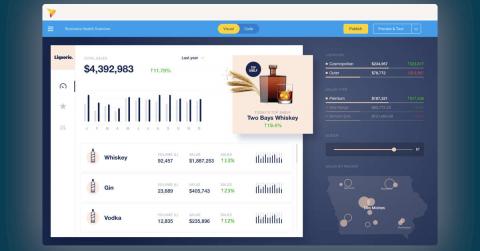How the Acquisition of Waterline Data Will Help Hitachi Vantara Scale Your Digital Advantage
The opportunity to create new economic, social and environmental value by unlocking the “good” in data is immense. While the problems we face as a society may be getting harder to solve, the advances we can make when we break down the silos between the physical and digital worlds are profound.








